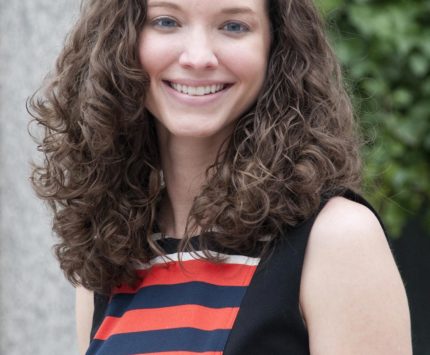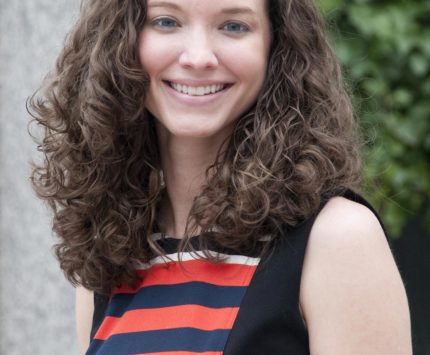Swoon List 4.16.13
Parmesan Truffle Matchstick Fries on the Bar Bites menu at Morton’s, The Steakhouse, precisely crisp, salty, and garlicky—slicked with that musky je ne sais quois of truffle oil. …

The night of the Richmond Hill explosion, my husband and I were sitting on our couch, 10 miles north of the southside neighborhood. It was just after 11 p.m. when we felt the house shudder. “What was that?” I asked, and we guessed that the dog had knocked into something upstairs; I even got up to check on him.

Most of this magazine’s staffers are born-and-bred Hoosiers. Many attended college at IU, or Purdue, or Ball State. And now they’ve settled here, too, to work and play. This is a place where people stay (or return). The native knowledge of our readers is something we think about a lot when picking which stories to cover—and especially as we planned this month’s “Hidden Indy” (p. 44 in the print issue).

For this month’s “What I Know” column, we asked WTHR meteorologist Chuck Lofton for his life wisdom, and after almost 28 years with the same TV station, he’s accumulated quite a bit. That kind of workplace longevity, though, is becoming rarer than a full 401(k) match. I recently read a study alleging that “Millennials”—those 30 and younger, otherwise known as Generation Y—change jobs every two years on average. I keep cheap pens longer.

I don’t believe the world will end this month, as the Mayan calendar dubiously predicts. But Robert Vicino is banking on Armageddon—or some other life-extinction scenario, be it nuclear war, meteorite, solar storms, bacon shortage. The California businessman hawks subterranean bunkers (“Doomsday Profit”), one of which resides in Indiana. The Cold War–esque lairs by Vicino’s Vivos Group come complete with flat-screen TVs and stainless-steel appliances for the low, low price of $50,000 a space.

Call it premature, or irrational, or morbid, but I’m convinced that I’m destined to get breast cancer. I’ve accepted it, figuring it’s better to prepare myself mentally—and take precautions like self-exams—than be caught off-guard like my great-aunt Barbara was, when she was diagnosed at the age of 39. That was back in the ’60s, and even though it was only a small lump, they lopped off her whole breast, so primitive were the treatment options at that point.

Just when you thought the curb outside your office building couldn’t get more crowded with food trucks, along comes “Big” Ron Jones, formerly a bar manager at Dawson’s on Main in Speedway, offering up Big Ron’s Curbside Bistro. For the last two week, the mobile food purveyor has been offering up unique takes on hearty sandwiches, loaded hot dogs, soups, and salads, as well as tasty gumbo and cornbread. Jones’s pulled pork sandwich definitely made for a “big” weekday lunch: thick shreds of pork shoulder slow-cooked with Sriracha piled on thick-cut wheat bread with garlic butter and plenty of Carolina-style tangy-sweet coleslaw.

When I read about how ostracized novelist Dan Wakefield felt here after the release of his excellent 1970 debut novel, Going All the Way (“All the Way Home,” in this issue), I was a little surprised. Sure, some of his fellow Shortridge grads were horrified to recognize themselves (so they were convinced) in his sex-crazed, McCarthy-era characters. After all, who wants to be guessed as the hot-to-trot ex-girlfriend who “did it” in the bushes outside the high-school variety show? But the legacy of Hoosier writers—even during the “golden age,” at the turn of the last century—has never been squeaky clean.

Forty Five Degrees (765 Massachusetts Ave., 317-634-4545) re-opened earlier this month following a four-day break to complete the final stage of a $100,000 renovation. Now, the Mass Ave sushi bar is 10 feet longer, accommodating 14 diners and five chefs. And the dining room has one less wall to give the corner spot a more open feel. The remodel of the 4-year-old hotspot was born out of necessity, according to owner Bill Pritt, who notes that the business has grown every year since the restaurant opened in 2008, and the original layout didn’t function well for the volume of customers.

A group of Lucas Oil Stadium visitors shuffled into the Colts’ home locker room, all true-blue carpet and cherrywood shelving, as a middle-aged woman with dark cropped hair posed the question. Our guide gestured to what she called “Quarterback Corner,” the nook where the starter and his backups hang their helmets. Smartphones whipped out, and the 25 of us formed a huddle around the niche.

Just two weeks before my first day of work at Indianapolis Monthly, my husband and I were crisscrossing the city at breakneck speed. We needed a place to live, and quickly. Renting was a necessity (at least until our house in Atlanta sold), and after living in gridlock for almost a decade, a short commute to IM’s Monument Circle office was a must.

My fascination with money as an object of beauty started with the tooth fairy. Every time I lost a molar, she slipped a Kennedy half-dollar under my pillow in its place, along with a note written in a script that, come to think of it, looked suspiciously like my mother’s. The morning after, I would weigh the 50-cent piece in my hand. It felt heavy—important. Something to be savored, not spent. And so they came to be tucked away in a box, like rare jewels from the Nile instead of a novelty.